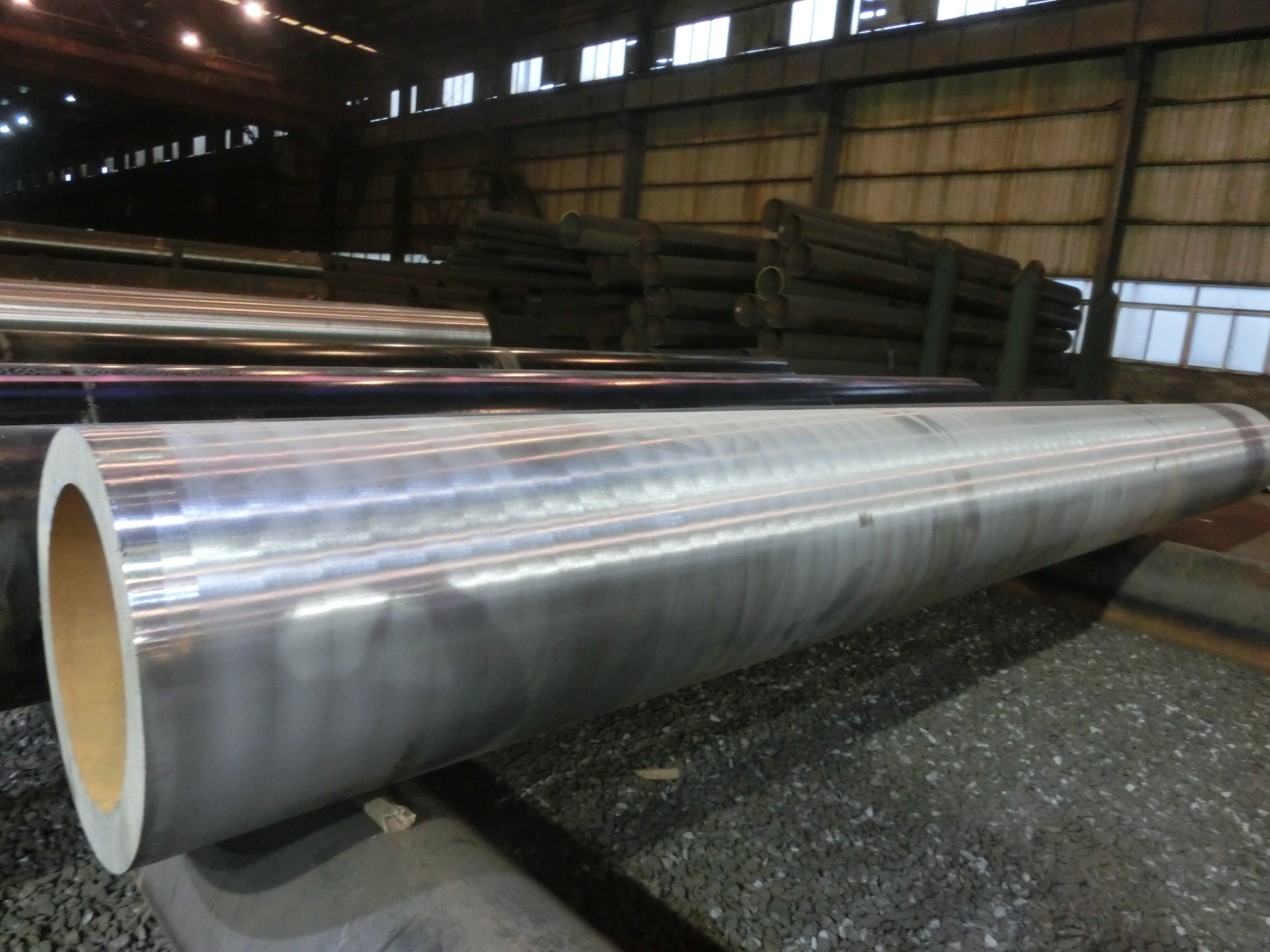 |
(1) TEM image of four-layer 3D VRRAM array and optical schematic of four-layer 8×32 1Kbit array. The vertical resistive switching device is based on a TiN/TiOx/HfOx/Ru structure with a self-aligned selective layer. (2) Typical IV characteristics of self-aligned self-selected devices.
Recently, Liu Ming, a member of the Chinese Academy of Sciences and a researcher at the Key Laboratory of Microelectronic Devices and Integrated Technology of the Institute of Microelectronics of the Chinese Academy of Sciences, made new progress in the research of three-dimensional vertical cross arrays of resistive random access memory (RRAM), and proposed self-aligned high-performance self-selection. through resistive memory structure, provides a solution to the production of high-density, low-cost three-dimensional vertical cross-array is to titled Fully CMOS compatible 3D vertical RRAM with self-aligned self-selective cellenabling sub-5nm scaling (Corresponding authors: Hang Bing, Liu Ming) was accepted by the 2016 Symposia on VLSI Technology and Circuits (VLSI International Symposium). The first author, Xu Xiaoxin, gave an oral report at the meeting. This is the first time that the Chinese Academy of Sciences has been the first author to publish papers at this international conference.
In implementing high-density resistive memory applications, the vertical structure of the cross array has the advantages of simple preparation process, low cost, and the like. The self-selected pass-through resistive switching device is the core of the array architecture and generally consists of a gate layer and a resistive switching layer. When the vertical cross array limit is scaled down, leakage between layers will become an important issue. In response to this problem, Liu Ming's research group proposed for the first time in the world a self-aligned technology to build a self-selected pass-through resistor array architecture, which effectively eliminates the inter-layer leakage current in the array and enables the micro-reduction of vertical resistive memory arrays. Ability to reach 5nm or less. The self-aligned self-selected pass-through resistive switching devices developed at the same time also exhibited excellent resistive switching performance: leakage current <0.1 pA, non-linear ratio> 1000, operating current <1 uA, and good retention of characteristics and durability.
The VLSI International Symposium was established in 1987. It is a global academic conference for advanced semiconductors and system chips. It is the top conference in the field of international microelectronics. It is also known as the "Olympic event" in the field of microelectronics with IEDM and ISSCC. The VLSI International Symposium only receives innovative research results with promising applications. Many core technologies from companies such as Intel and IBM were first disclosed at the VLSI International Symposium.
We can produce the lower-temperature Steel Pipe according to the ASTM A333 and ASME SA333 standards, and the and the production diameter from 8" to 48" in OD and wall thickness from 9.53 mm up to 140mm. We have been sold the GR.6 steel pipe about 20000 tons to date and the property of -45℃ impact value is about 100J, better than the standard`s requirements.
Yangzhou Chengde has the full capability to do every test in-house, from mechanical testing, chemical analysis, PMI, UT/Hydrotest etc. Chengde`s lab is qualified to ISO 17025 and CNAS standard, being proven the repeatability of accurate testings.
Each alloy pipe is subject to PMI before dispatch. The INNOV-X system performs non-destructive chemical analysis via simultaneous detection and quantification of fluorescent x-rays of multiple elements in test sample.

A333 Pipe,Astm A333 Pipe,Astm A333 Tube,Gr 6 Pipe
YANGZHOU CHENGDE STEEL PIPE CO.,LTD , https://www.chengdepipe.com